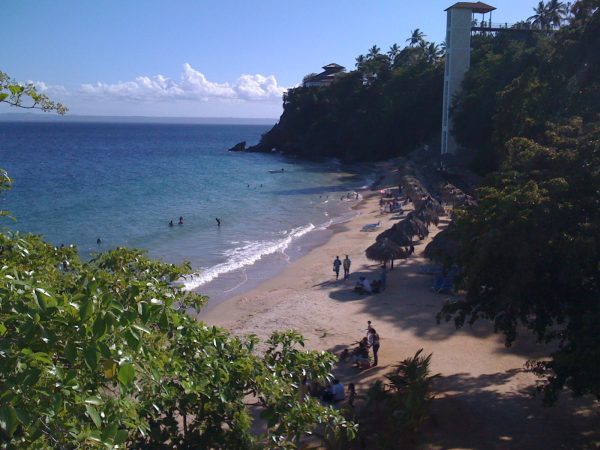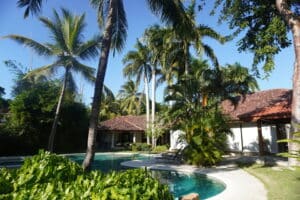Table of Contents
Introduction
The Dominican Republic, located on the eastern side of the island of Hispaniola, is a Caribbean gem that boasts a rich history, diverse culture, and stunning landscapes. It’s the perfect destination for travelers who want to experience a blend of relaxation, adventure, and cultural immersion. Let’s embark on a journey to explore the wonders of the Dominican Republic.
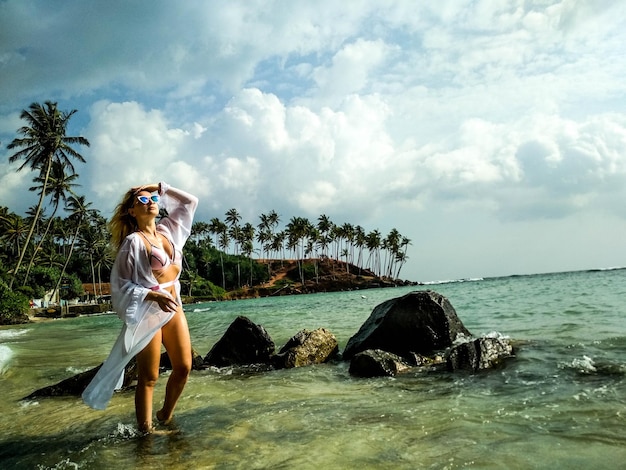
The Rich History
The Taíno People
Before the arrival of Europeans, the island was inhabited by the Taíno people, an indigenous group with a unique culture and advanced civilization. Their heritage can still be observed through various archeological sites, such as the caves of El Pomier and the Taino Park.
The Spanish Colony
In 1492, Christopher Columbus discovered the island, and the Spanish colonization began. The Dominican Republic is home to the first European settlement in the Americas, Santo Domingo, which houses a plethora of historical landmarks, such as the first cathedral, university, and hospital in the New World.
The Road to Independence
The Dominican Republic has a complex history of independence struggles and foreign occupation, culminating in the declaration of independence from Haiti in 1844. The country’s tumultuous past is well-documented in various museums and historical sites throughout the nation.
The Beautiful Landscapes
Stunning Beaches
The Dominican Republic is blessed with over 1,000 miles of coastline, featuring some of the most beautiful beaches in the Caribbean. From the pristine sands of Punta Cana to the vibrant shores of Boca Chica, there’s a beach for every traveler’s taste.
The Highest Peak: Pico Duarte
Adventure seekers will love the challenge of conquering Pico Duarte, the highest peak in the Caribbean, standing at 10,125 feet. The hike offers breathtaking views of lush landscapes and a unique sense of accomplishment.
Explore the National Parks
The country boasts a diverse range of national parks, such as Los Haitises, Jaragua, and El Choco, showcasing the unique ecosystems and wildlife native to the island. Each park offers various activities, such as hiking, birdwatching, or caving, for an unforgettable experience.
Vibrant Dominican Culture
Dominican culture is deeply rooted in music and dance. Merengue and bachata, the two most popular genres, originated on the island and are essential parts of any celebration. Visitors can learn the steps at local dance schools or join the locals in spontaneous dance parties on the streets.
Cuisine
Dominican cuisine is a delicious blend of Spanish, African, and indigenous influences. Must-try dishes include mofongo, made from mashed plantains, and the national dish, La Bandera Dominicana, which consists of rice, beans, and meat. Don’t forget to indulge in sweet treats like flan and tres leches cake.
Traditional Festivals
Throughout the year, the Dominican Republic hosts various festivals celebrating its history, culture, and religious traditions. Notable events include the colorful Carnaval Dominicano in February, the Merengue Festival in July, and the Restoration Day celebrations in August.
Must-Visit Cities and Towns
Santo Domingo
The capital city of Santo Domingo is the perfect place to immerse yourself in the nation’s history. The UNESCO World Heritage site of the Colonial City houses numerous historical landmarks and offers a glimpse into the past with its well-preserved architecture.
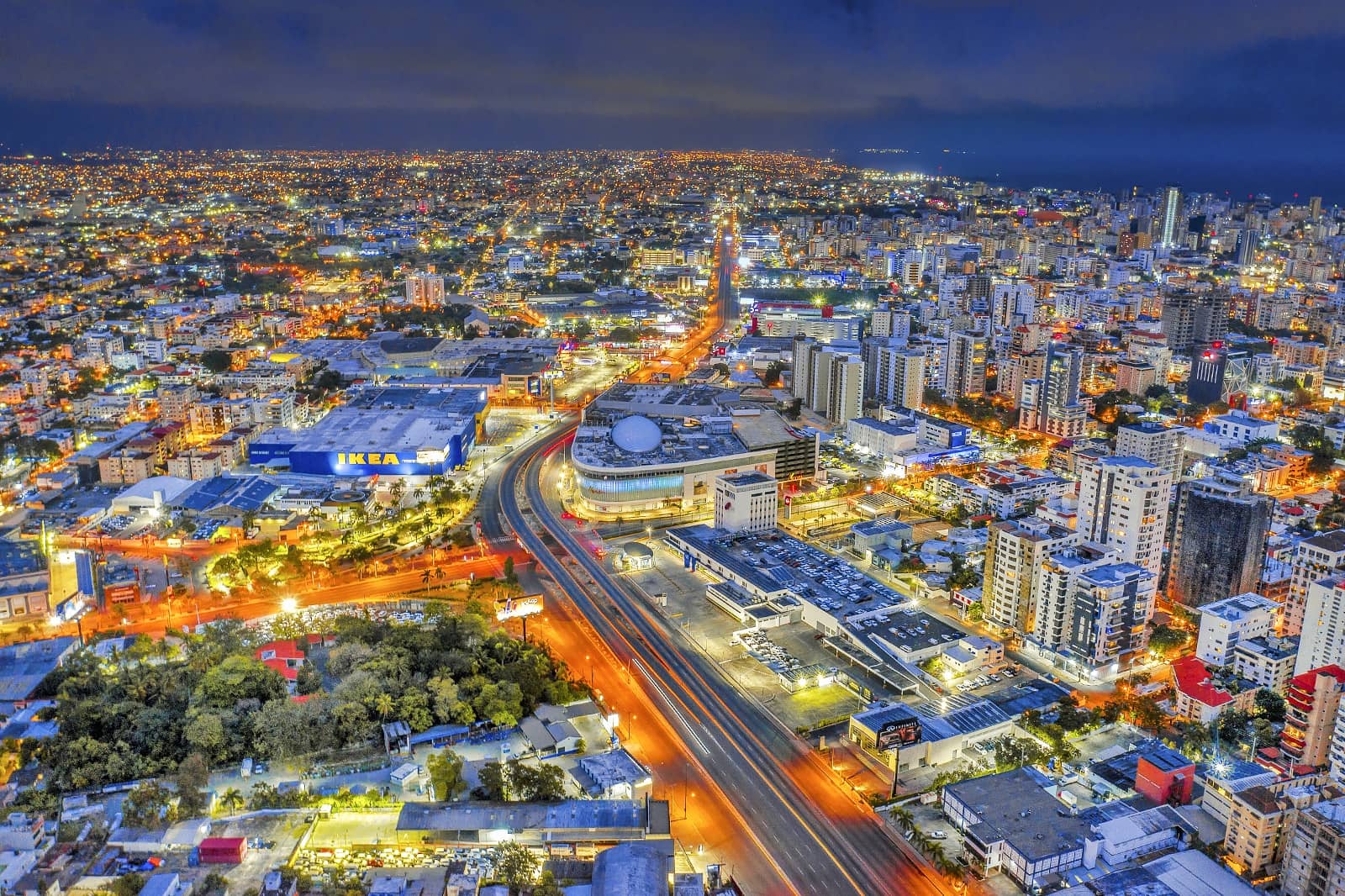
Puerto Plata
Puerto Plata, situated on the northern coast, is famous for its golden beaches, such as Playa Dorada and Playa Sosúa. The city also offers a variety of outdoor adventures, including the 27 Waterfalls of Damajagua and the cable car ride up Mount Isabel de Torres.
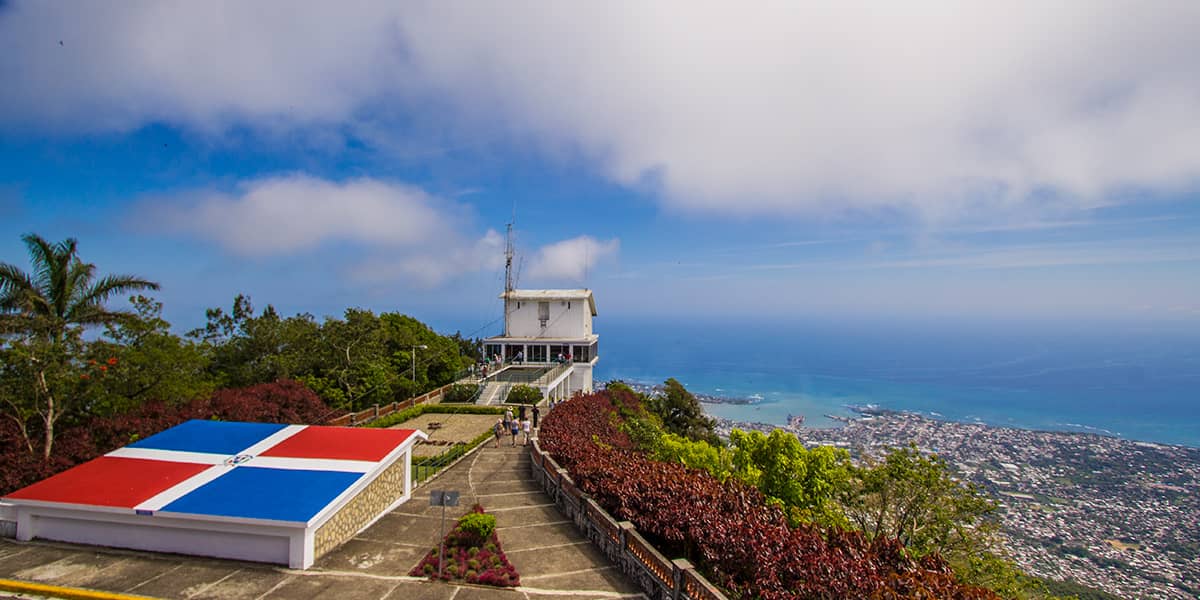
Punta Cana
Known for its luxurious all-inclusive resorts, Punta Cana is the epitome of relaxation. Its pristine beaches, crystal-clear waters, and vibrant nightlife make it a popular destination for travelers seeking leisure and entertainment.
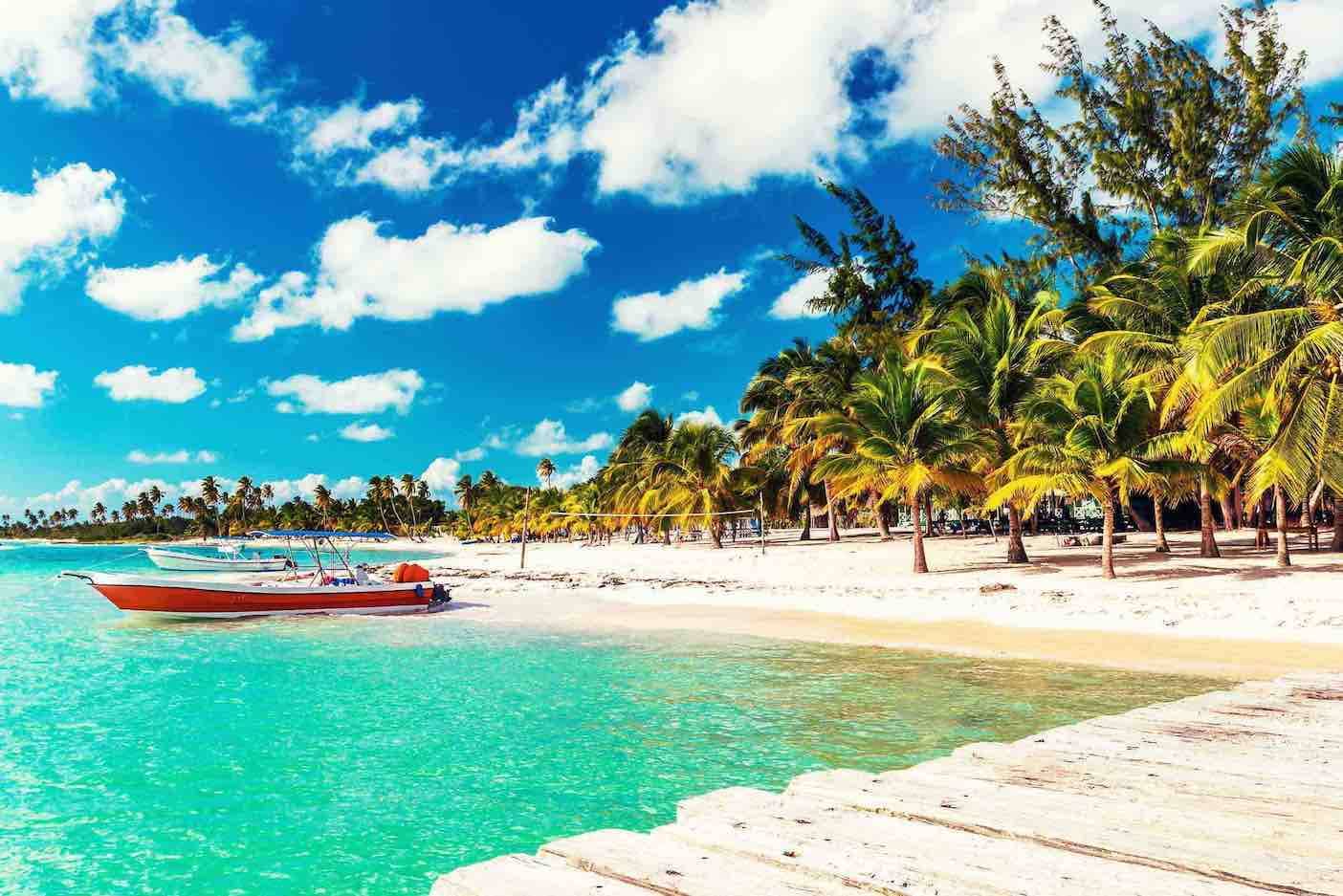
Samaná
Samaná, located on the northeastern coast, is a nature lover’s paradise. From January to March, visitors can witness the annual migration of humpback whales in Samaná Bay. The region is also home to the El Limón waterfall and the stunning beaches of Cayo Levantado and Playa Rincón.
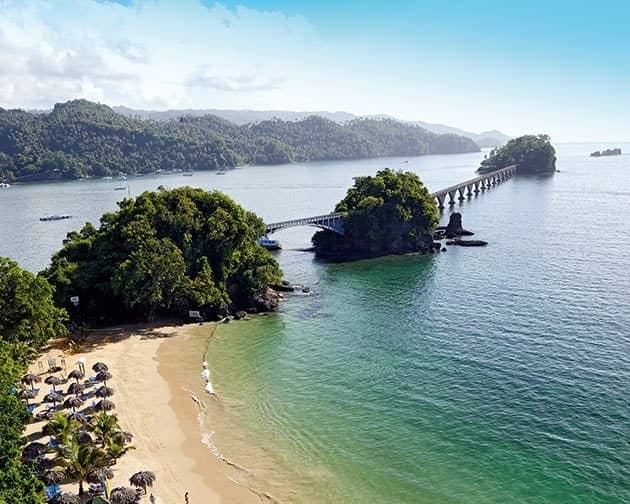
Outdoor Adventures
The Dominican Republic offers a wide range of outdoor activities, such as scuba diving, snorkeling, surfing, zip-lining, and horseback riding. With its diverse landscapes, the island caters to adventure seekers and nature enthusiasts alike.
Tips for Travelers
- The official language is Spanish, but English is widely spoken in tourist areas.
- The local currency is the Dominican Peso, and it’s recommended to carry cash for smaller transactions.
- Be aware of safety precautions, such as drinking bottled water and using reputable transportation services.
- Respect local customs and dress modestly when visiting religious sites.
Conclusion
The Dominican Republic is a Caribbean paradise that offers a unique blend of history, culture, and natural beauty. Whether you’re seeking relaxation, adventure, or cultural immersion, this tropical island has something for everyone. So pack your bags and get ready to explore the Dominican Republic!
FAQs
What is the best time to visit the Dominican Republic? The best time to visit is from December to April, when the weather is warm and dry. However, it’s also the high season, so expect larger crowds and higher prices.
Do I need a visa to visit the Dominican Republic? Most visitors can enter the Dominican Republic with a valid passport and a Tourist Card, which can be purchased online or upon arrival.
Is the Dominican Republic safe for tourists? While the Dominican Republic is generally safe for tourists, it’s essential to take standard precautions, such as not displaying valuables and avoiding unlit areas at night. Always use reputable transportation services and follow local safety guidelines.
What is the main airport in the Dominican Republic? The main airport is Las Américas International Airport (SDQ), located near Santo Domingo. However, there are several other airports throughout the country, such as Punta Cana International Airport (PUJ) and Gregorio Luperón International Airport (POP) in Puerto Plata.
Can I use US dollars in the Dominican Republic? While US dollars are accepted in many tourist areas, it’s recommended to exchange your money for Dominican Pesos for a more favorable exchange rate and easier transactions in local establishments.

